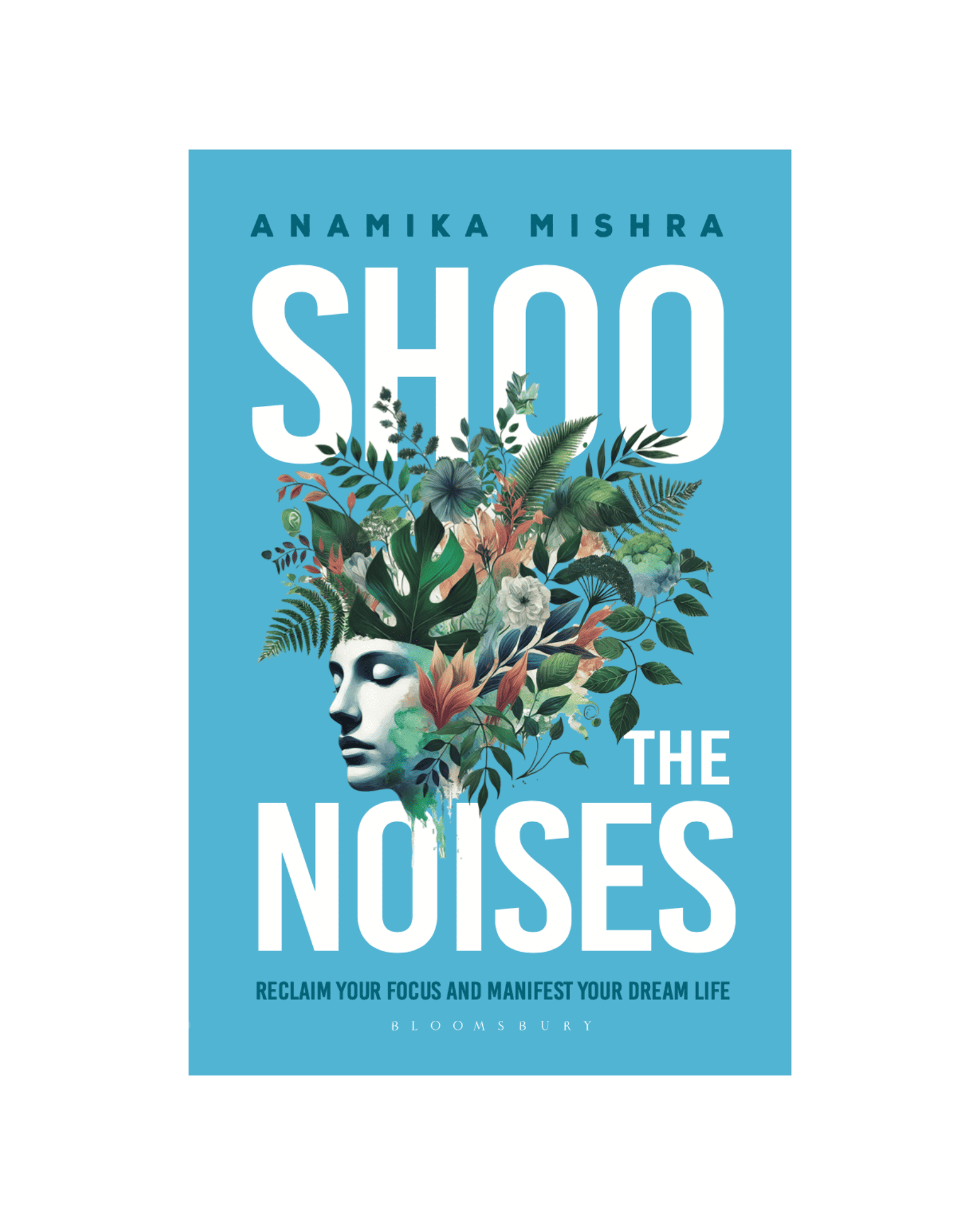With the festival of lights being just a week away, we all are getting pepped up to celebrate the Diwali which marks the triumph of good over evil. And light over darkness. The celebration of Diwali includes people offering pujas to goddess Lakshmi, interchange sweets and greet their loved one’s. Diwali is part of a five-day long festival that starts from Dhanteras, to Naraka Chaturdasi (or narakchaudas) also known as ‘Choti Diwal’, Diwali, Padva and ends with Bhai Dooj.
This day falls on 4 th of November, 2021 i.e. between Dhanteras and Diwali is celebrated as Choti Diwali, as this is known to most of us. This day is also known as Naraka Chaturdashi and Roop Chaturdashi, people rejoice this day by lighting up their homes with diyas and cleaning every nook and corner of the house as they look forward to the main day. There were many legends associated with this day. It is Diwali on a smaller scale, with a fewer lights lit and fewer crackers are burst.

The morning after Choti Diwali, the women of the home make attractive and colourful rangoli in the doorway or courtyard. The tiny footprints made out of rice paste are also a special feature of the rangolis made for Diwali. In Hindu homes, Choti Diwali is celebrated with a ritual puja offered to Goddess Lakshmi and also to Lord Rama in the evening. Hymns praising Gods are sung and aarti is performed along with the family members.
As we are aware every festival is associated with the mythological story. And the story behind this day goes that the demon king Narakasur who ruled of Pragjyotishpur (a province in the South of Nepal) after he defeated Lord Indra had snatched away the magnificent earrings of Aditi, who was the Mother Goddess (the ruler of Suraloka and a relative of Satyabama, Lord Krishna’s wife) had imprisoned sixteen thousand daughters of the gods and saints in his harem.
On knowing what had happened, Satyabhama was enraged by Narakasura unkindness towards women, and she pleased Lord Krishna to give her the golden chance to destroy Narakasura. The legend also says that Narakasura had a curse that he would be slayed by a woman. Lord Krishna approved Satyabhama a boon to fight with Narakasura. Krishna was the charioteer, when Satyabhama entered the battle field. During the war, Krishna fainted for a while, a destined beautifully to empower Satyabhama to kill the demon. After Narakasura was beheaded, the imprisoned women were released. He also recovered the precious earrings of goddess Aditi. On the day of Choti Diwali, he returned home victorious, and thus this day is commemorated to mark his triumph over the demon.
In some regions of South India the triumph of the divine over the mundane is celebrated in a very peculiar way. The people wake up before the sun rises and prepare a paste by mixing Kumkum in oil which symbolizes the blood and after breaking open a bitter fruit which symbolizes the head of the demon King that was smashed by Krishna, they apply that mixture on their foreheads. Then they take an oil bath with sandalwood paste.
Similarly in Maharashtra also, the traditional early baths with oil and Ubtan paste made of gram flour and fragrant powders are a ‘must’. The children also enjoy the bathing rituals. Bursting of crackers and fireworks also form a major part of celebrations. Afterward puffed rice with the curd is served or steamed vermicelli with milk is served.
Therefore, Choti Diwali is celebrated to cheer the victory of heavens and the conquest of greediness. It is day the dedicated to cleanliness and light.
Also read:
Diwali Shopping Checklist : 11 Essential Things to Buy!



